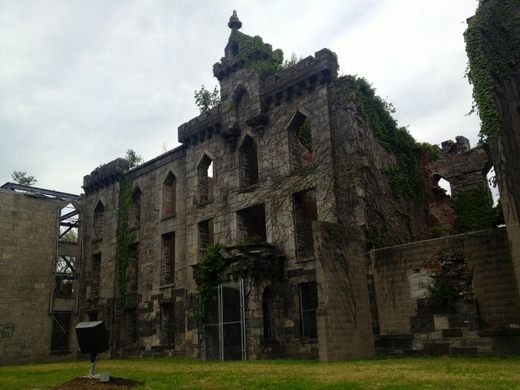New York's Top 18 Wonders of 2018
"Few diseases have had a greater impact on the history of human civilization than smallpox. The bubonic plague certainly wins for its baroque presentation. Malaria and HIV are concurrent with our times and thus feel more real. But smallpox takes the contamination cake. It has been around for more than 3,000 years in all parts of the world. Before the vaccine was discovered in 1796, more than 400,000 people a year died from smallpox in Europe alone. According to the World Health Organization, smallpox killed one in ten children in Sweden and France and one in seven in Russia. The disease killed Louis XV of France and other European monarchs. Queen Elizabeth I had the disease as a child and wore heavy make-up to conceal her pockmarks. In the French and Indian Wars, blankets containing smallpox were purposefully given to Delaware Amerindians, in an early instance of biological warfare. Through extensive worldwide vaccination efforts, the disease was eradicated in 1979 - the only disease to be completely eradicated through human intervention. By the end of the 1800s, efforts were made in Western Europe and the United States to eradicate the disease by universal vaccination. But before that time, many cities built hospitals specifically for treating smallpox sufferers. In New York City, the southern tip of Blackwell’s Island (now Roosevelt Island) provided ferry access but kept the infected patients far away from the population. Better known for Grace Church on Broadway and St. Patrick’s Cathedral on Madison Avenue, James Renwick Jr. designed the smallpox hospital in his Gothic Revival style. From 1856 until 1875, the hospital treated about 7,000 patients a year. In 1875, the building was converted into a nurses’ dormitory, and the city smallpox hospital was moved to North Brothers Island, in part because Blackwell’s Island had become more densely populated. By the 1950s, Renwick Hospital had become useless and was abandoned by the city, quickly falling into disrepair. However, in 1975, the Landmarks Preservation Commission took interest in the dilapidated structure and declared it, in its ruin, a city landmark. They reinforced the walls to prevent it from completely falling apart but have not renovated it or opened it for tours. Only some of the outer walls and the foundation remain today. It is behind a fence on the southern tip of Roosevelt Island." - ATLAS_OBSCURA










